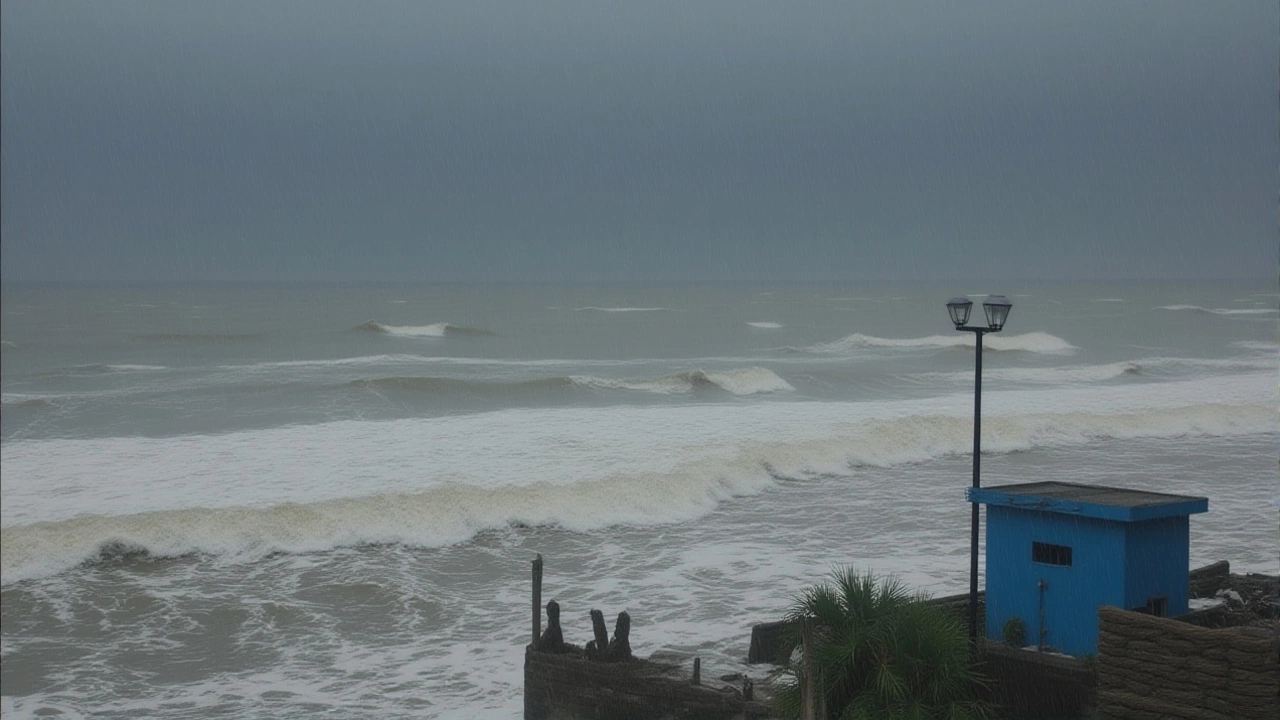
Weather
When talking about Weather, the short-term state of the atmosphere, including temperature, wind, and precipitation. Also known as atmospheric conditions, it shapes daily life, campus activities, and field research alike.
Key weather concepts
A major driver of regional Western disturbance, a fast‑moving low‑pressure system originating in the Mediterranean that brings rain and storms to north‑central India is the Indian Meteorological Department (IMD, India's official weather agency responsible for forecasts, warnings, and climate monitoring). Weather encompasses temperature swings, cloud formation, and wind patterns, while rainfall, the amount of liquid precipitation falling over a specific area measures the moisture delivered by these systems. When a western disturbance intensifies, it often triggers hailstorm, a severe event where ice pellets fall from strong updrafts inside thunderstorms, posing risks to crops, transport, and outdoor gatherings.
These entities interact in clear ways: Western disturbances influence weather patterns, the IMD issues alerts based on predicted precipitation, and heavy rainfall can lead to flooding or hail formation. Understanding this chain helps students anticipate disruptions and plan fieldwork accordingly.
For anyone studying at Jabin College, keeping an eye on weather updates is more than a habit—it's a research tool. Accurate forecasts guide lab schedules, outdoor experiments, and even library visits, ensuring you’re not caught off guard by sudden rain or hail. The IMD’s orange alert for Haryana, for instance, signals below‑normal temperatures and potential travel delays, a critical factor for commuting students and faculty.
Below you’ll find a curated list of posts that break down recent weather events, explain how western disturbances develop, and detail the practical impacts of rainfall and hail on daily life. Dive in to see real‑world examples, safety tips, and the science behind each alert.

